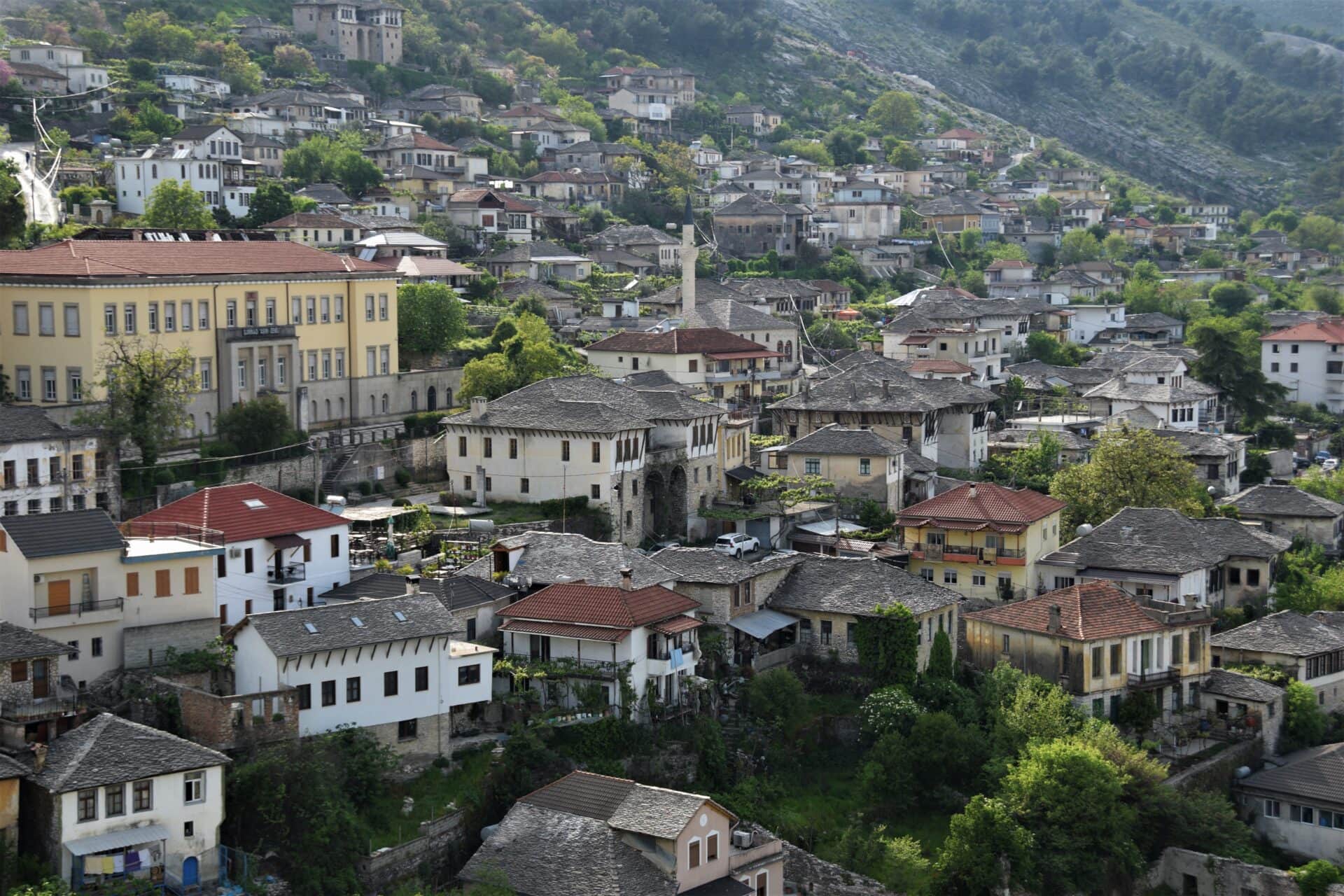“It was a strange city, and seemed to have been cast up in the valley one winter’s night like some prehistoric creature that was now clawing its way up the mountainside.
Everything in the city was old and made of stone, from the streets and fountains to the roofs of the sprawling age-old houses covered with grey slates like gigantic scales…”
Chronicle of Stone, Ismail Kadare
They call her the “City of Stones”. And indeed, from stone she is hewn, sprouting from the perennial bedrock as if merely a natural extension of the rugged ground she sojourns on.
She is smooth and intricate, yet robust and powerful. Her cobbled alleys winding up the rocky slopes. Her towering abodes resembling small castles crested with stone chimneys jutting from the dark slates like looming watchtowers. Her elaborately chiselled monuments and fountains. And dwarfing them all, the sinister ramparts of her citadel.
Gjirokastër is more than just another city. She is an architectural ode carved in stone. A city that breathes the past through every crack and crevice of her indomitable walls; her age-old traditions and artisanship kept well alive in the colourful shops of the bazar, the beating heart of this monumental settlement.
Arguably, Albania’s most beautiful town.
This post contains the best things to experience in and around the “City of Stones”.
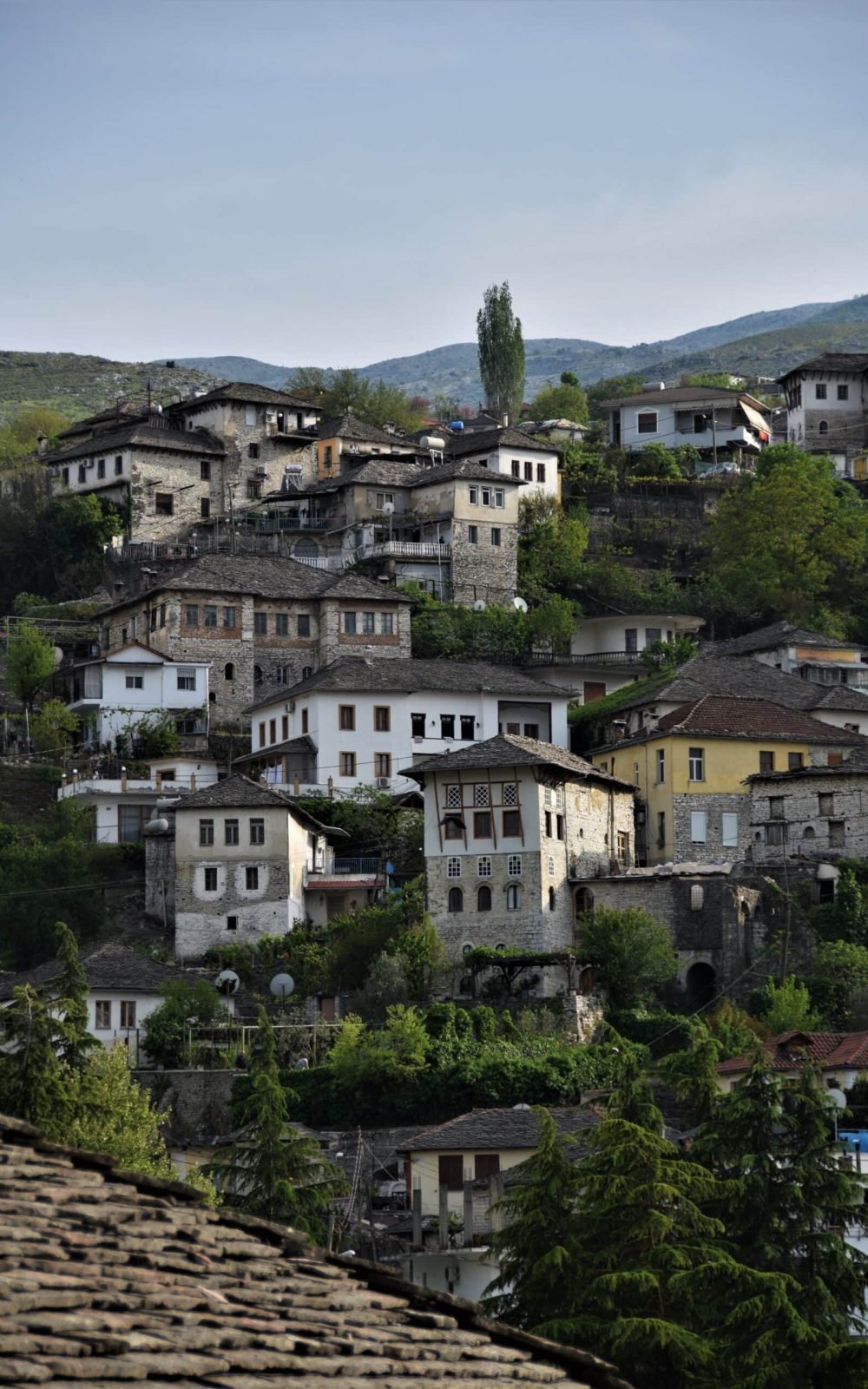
VISIT GJIROKASTËR CASTLE
Stoically facing the imposing mountain front of the Drino Valley, Gjirokastër Castle is by far the most iconic structure of the “Stone City”.
Most likely built during Byzantine times, it wasn’t until the early 19th century, when Ali Pasha seized the town, that major renovations and expansions to the citadel were made. Following Albanian independence in 1912, the castle was mainly used as a prison, first under the rule of self-declared king Zog I and later the communist regime of Enver Hoxha, before being declared a tourist site.
Today, you may walk along rising ramparts, wander through arched hallways, and even descend into the depths of the dungeon.
The main yard also features the stage of the National Folk Festival, a grand celebration of Albania’s rich customs and traditions held every five years within the castle walls.
Entrance Fee | 400 Lek
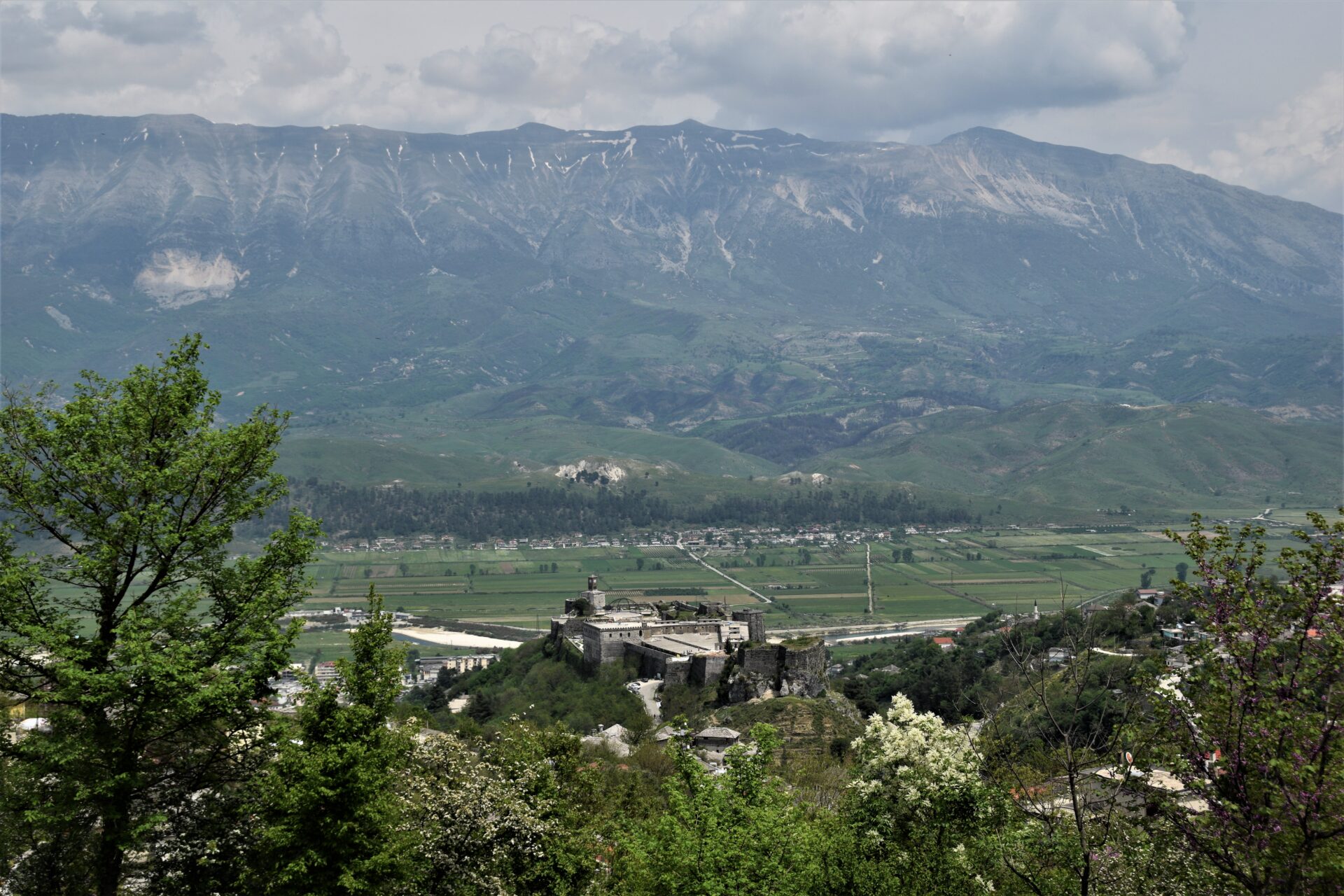
LEARN ABOUT THE CITY'S HISTORY
Those seeking a deeper understanding of Gjirokastër’s storied past will find answers in the Museum of Gjirokastër located in the fortress’ grand halls. Visitors will embark on an intriguing journey starting at the first primitive outset of civilization in Albania until they reach the horrors of the communist dictatorship in the later parts of the 20th century.
The museum also features an armoury, displaying various arms used during the country’s tireless struggle for independence (first against the Ottomans in 1912, then the Italian and German occupiers during World War II), as well as a cell block of the former castle prison.
Be aware that, although the museum is located inside the castle walls, tickets for the citadel are separated and visitors will have to pay extra should they also wish to enter the museum.
Entrance Fee | 200 Lek
WHERE DOES THE NAME COME FROM?
According to local folklore, the town's name is closely tied to the legend of princess Argjiro. When Ottoman forces captured the fortress in 1417, Argjiro, sister of ruler Gjin Zenebishi, refused to surrender to the invaders. In an act of radical defiance, she took her child and threw herself off the ramparts. Miraculously, the baby survived the suicidal leap, and where Argjiro fell milk started to flow from the ground, feeding the new-born thereafter.
However, it is more likely that the city's name stems from the Argjirët, an ancient tribe settling in the valley, or argyros the Greek word for silver, a possible reference to the stone's argent shimmer after rainfall.
WITNESS ARCHITECTURAL BRILLIANCE
While Berat’s citizens grew rich on trade, Gjirokastër’s wealth stemmed from the fertile plains of the Drino Valley. To distinguish themselves from the peasantry as much as their influencial peers, local landowners constructed lavish mansions on the rocky slopes, aiming to exceed each other in a continuous contest for architectural dominance.
Unsurprisingly immodest, the interiors boasted marvellous wood carvings, beautiful wall paintings, and colourful carpets, while the outside walls sprouted floral motives embellished with the local fauna. Unfortunately, most of the external art did not survive, however, as pure white became the elite’s colour of choice during Ottoman rule and most murals were simply painted over. The rooms are still a feast for sore eyes, though.
Two of the best-preserved buildings, Skenduli House and Zekate House, have now been converted into private museums and a short tour will provide a closer look at day-to-day life, gender roles, and traditions during Ottoman times, as well as the structural intricacies of these wonderful dwellings.
Entrance Fee | 200 Lek
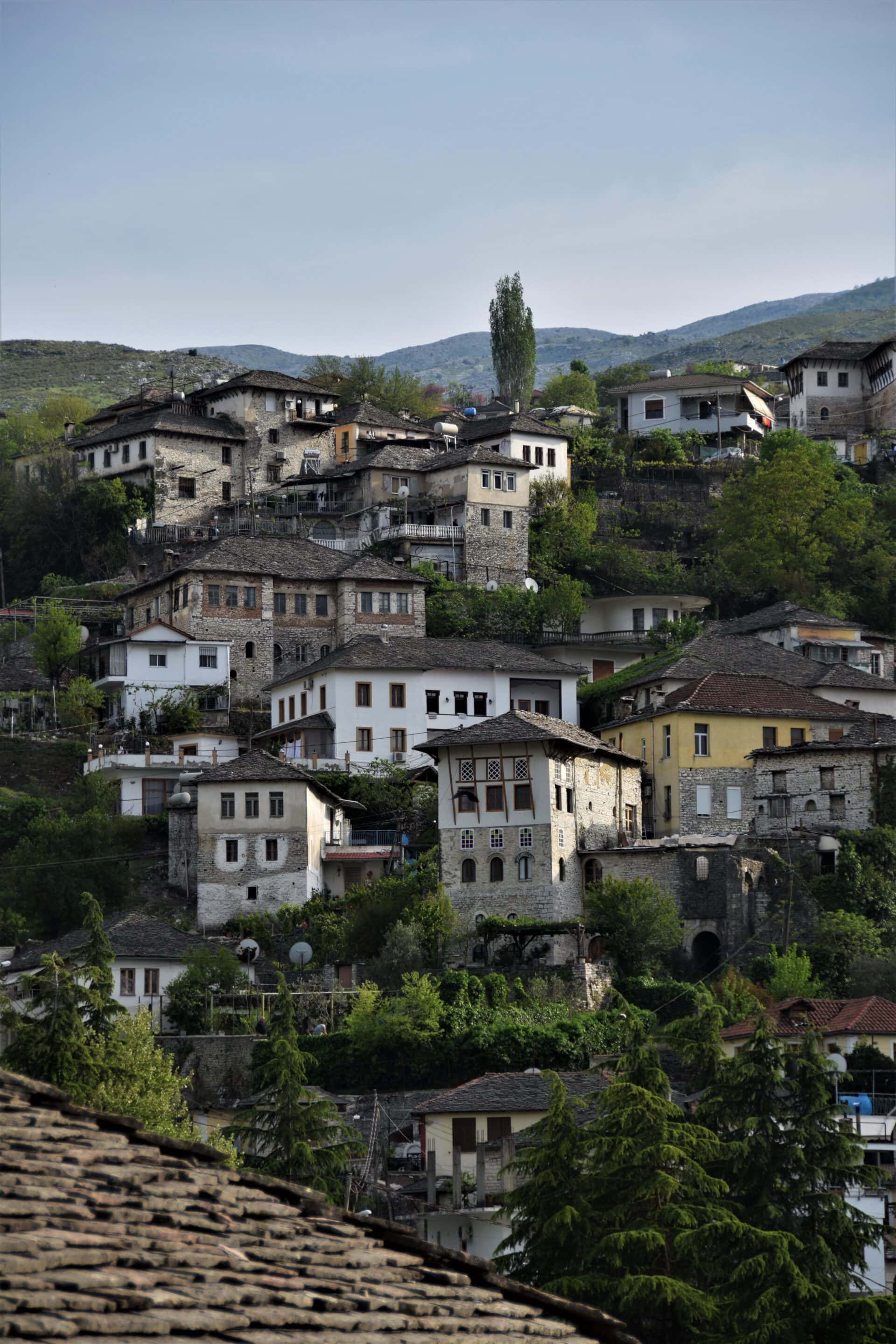

WALK ACROSS A FORMER AQUEDUCT
When Ali Pasha of Tepelene captured Gjirokastër in 1811, he found the town without a proper water supply. Known for his infrastructure projects, the Turkish governor immediately ordered the construction of a 10-kilometre-long aqueduct, and thus soon after, fresh mountain water started to fill the cisterns of the citadel.
Although most of it was destroyed in 1932, a small fraction survives. Today, nicknamed “Ali Pasha Bridge”, the remains of this once vital structure can be reach via a short stroll from the city centre.
Once at the bridge, you may also explore the adjoining canyon and surrounding mountains by simply following one of the many goat trails.
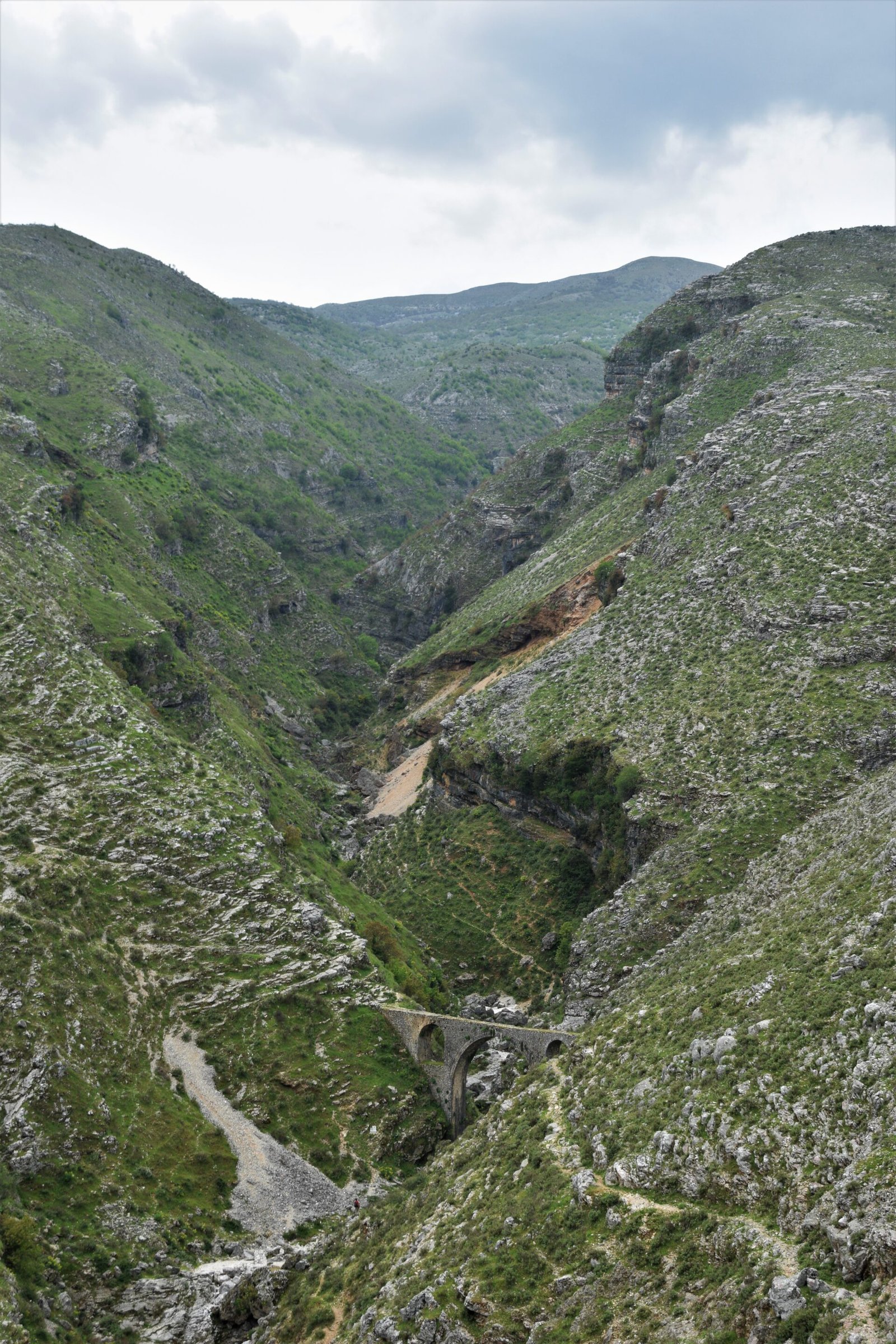


SEE THE OBELISK
Just a hot minute away from the Old Bazaar, the Gjirokastër Obelisk is a neat, somewhat hidden spot in the centre of the city.
Located on a small platform towering above the sprawling roofs of the Old Town, the Obelisk offers wonderful views of Gjirokastër and the surrounding Drino Valley.
How to get there | To reach the viewpoint head over to the Gallery Irish Pub. On its left-hand side you will find a doorway with a steep staircase behind it. Simply follow the stairs to the top to find the Obelisk.
WATCH THE SUNSET AT FLAG HILL
For an even more spectacular viewpoint, walk up to flag hill (not an official name but there is a giant Albanian flag there).
The spot is especially great for some relaxed sunset views, so grab yourself a beer and indulge in the majestic mountain panorama while you’re at it!
How to get there | From the Old Bazaar head over to Rruga Bashkim Kokona and follow the road all the way to Resort Kerculla. Once you reach the hotel, cross the parking lot, and pass the main building before turning left.
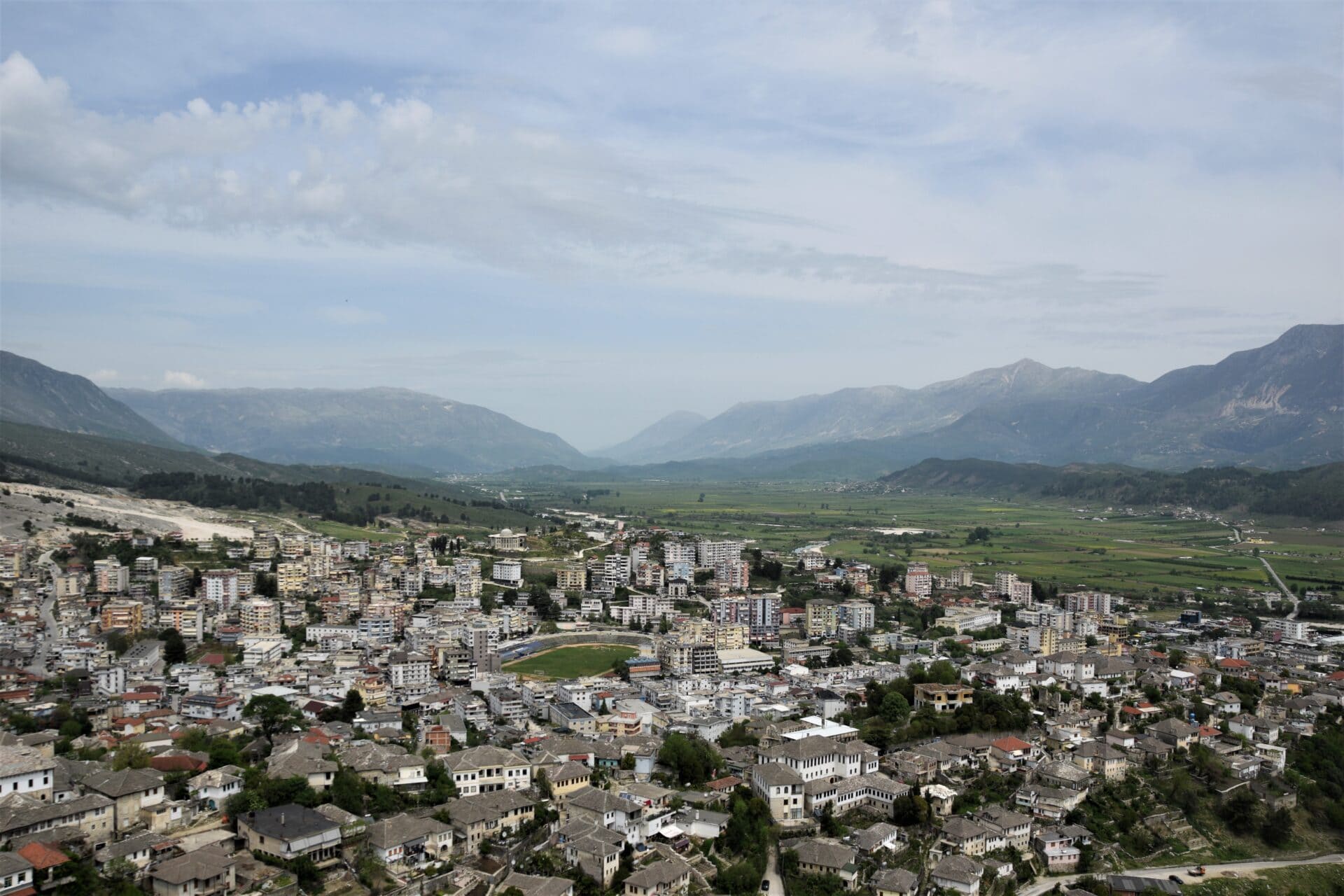
EXPLORE LENGARICA CANYON
Beyond the sulphuric scent of its therapeutic, thermal springs, Lengarica Canyon reveals its outstanding beauty to those willing to venture off the path. Follow the river upstream and you will find an adventurer’s playground par excellence.
As scarps loom higher and walls draw closer, the light vanishes and excursionists will have to wade through waist-deep water, wander across sandy banks, and balance on slippery rocks on their exciting journey towards the gorge’s exit.
Located near the village of Permët in the south of the country, Lengarica Canyon was definitely one of the highlights during my time in Albania!
FIND OUT MORE | Visit Albania’s epic Lengarica Canyon
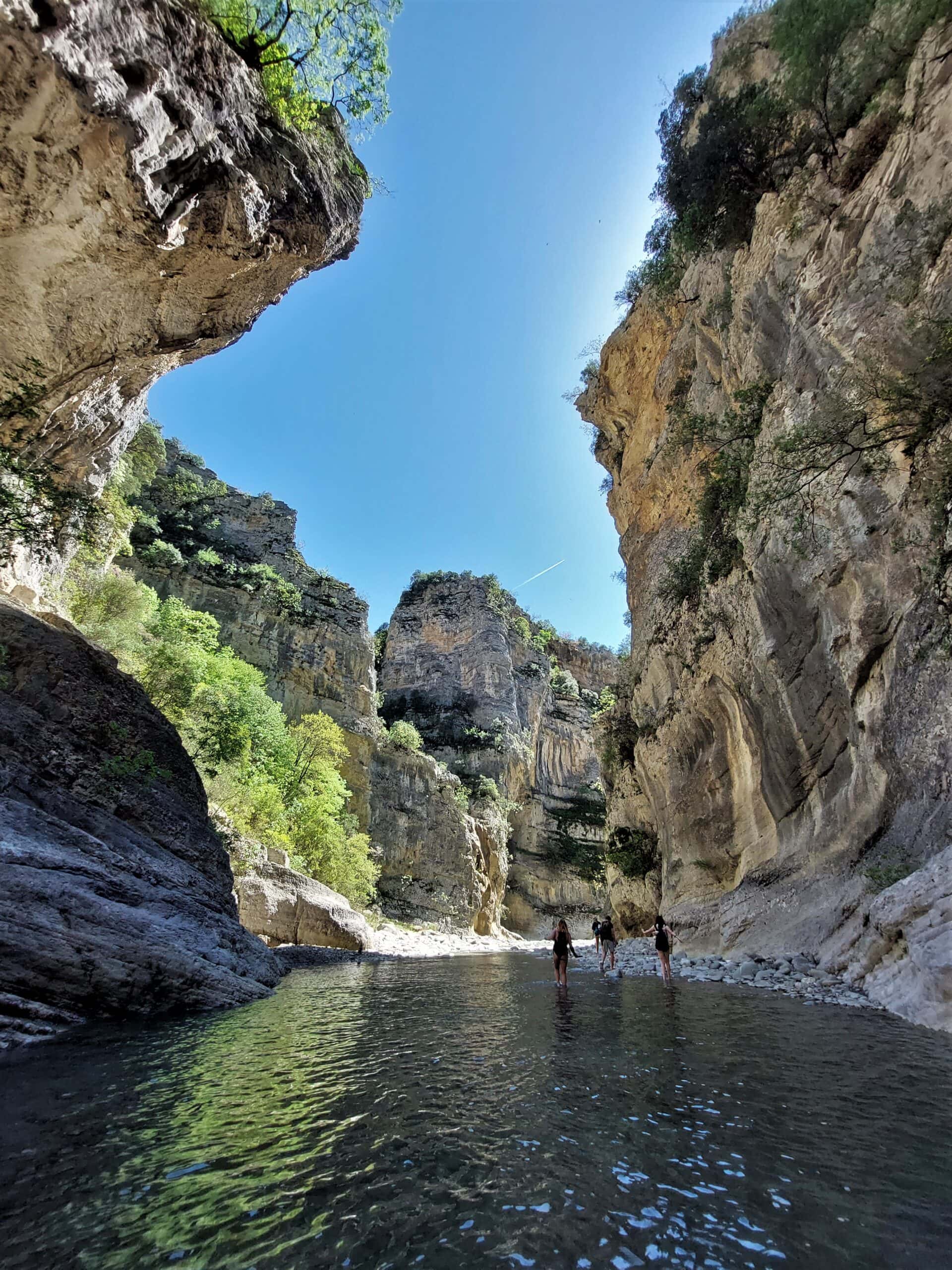

MARVEL AT THE BLUE EYE
Located near the village of Muzinë, Albania’s southern Blue Eye (the northern Blue Eye can be found near the village of Theth) lends itself perfectly for a daytrip from Gjirokastër.
The Eye is a freshwater spring and the source of the Bistricë river that flows down to the Ionian Sea near Sarandë. Although divers have descended up to 50 metres, the exact depth remains unknown.
Surrounded by lush sycamore and oak trees, it is an utterly idyllic place still relatively sheltered from mass tourism. However, the government is currently (April 2022) building a brand-new concrete road and it is not hard to imagine the masses that may soon swarm this natural phenomenon.
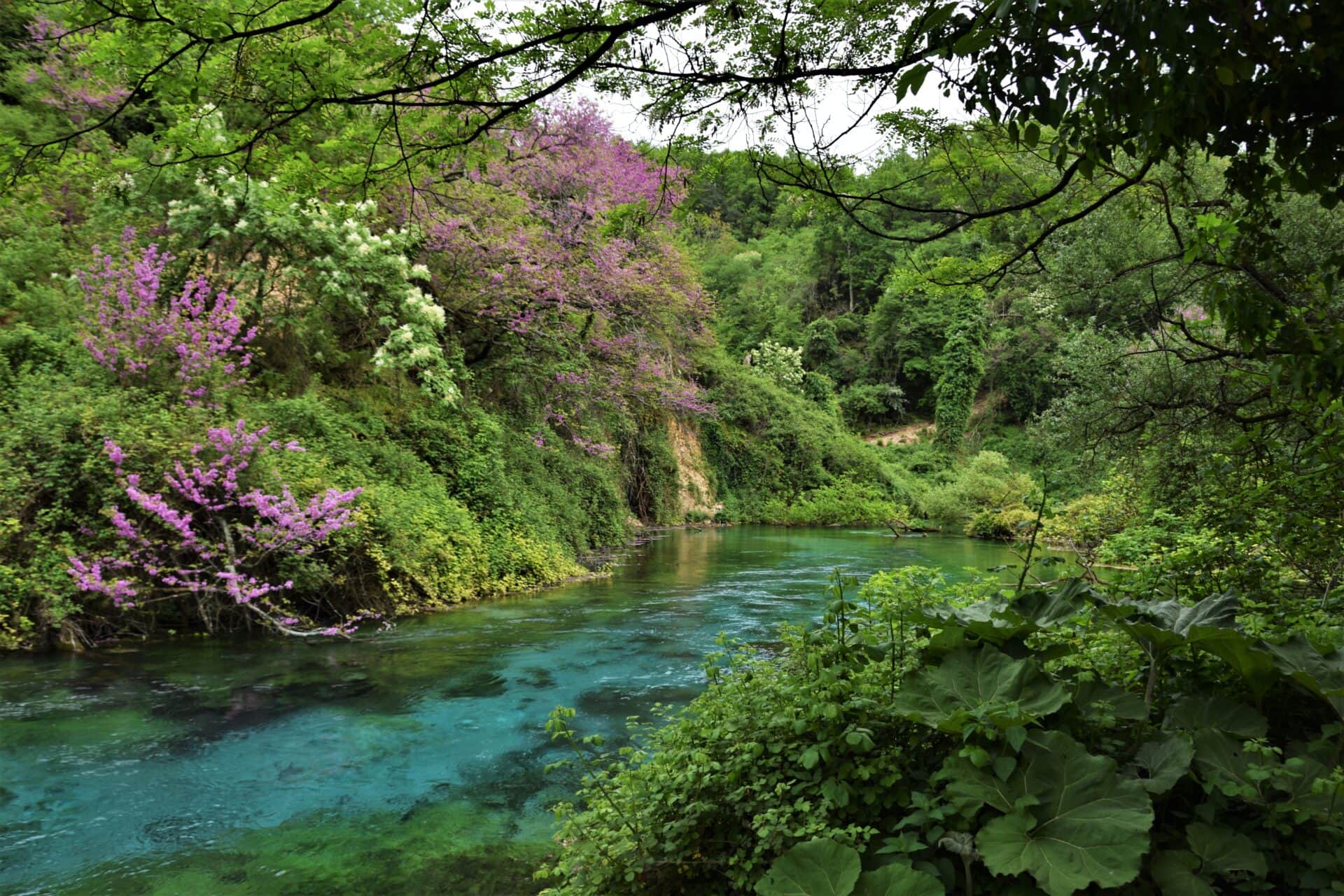
Ethnographic Museum
Although the Ethnographic Museum of Gjirokastër was erected on the grounds of Enver Hoxha’s birthplace, nothing relates to Albania’s former dictator anymore.
Reconstructed between 1964-66, after a fire destroyed Hoxha’s childhood home, the new building served as the Anti-Fascist Museum under the communists, before being converted into its present form after the fall of the regime.
Today, it houses a variety of cultural artifacts, household items, and traditional costumes, reflecting the rich and storied history of the “City of Stones”.
Birthplace of Ismail Kadare
Gjirokastër is not only the birthplace of the country’s infamous dictator but also its most renowned wordsmith. Born in 1936, Ismail Kadare is widely regarded as one of the most influential European writers, as well as Albania’s most prolific author, and his books have been translated into more than 45 languages.
Since 2018, his childhood home, constructed in the typical Ottoman style, has been opened to the public.
Abandoned Factories
During Albania’s communist era, the Drino Valley became an important manufacturing site and many residents of Gjirokastër were employed in the state-owned factories, producing a wide variety of commodities, from cutlery to cigarettes and wooden furniture, as well as bunkers for the country’s defence program.
However, when the regime collapsed in the early 1990s these industrial complexes were abandoned and soon fell into disrepair.
Although some properties were bought and have been reinvigorated with industry over the last few decades, many factories still stand derelict waiting to be explored.
Lazarat
In the wee hours of 16. June 2014, more than 900 policemen descended upon a small village in southern Albania. Soon after, the cracking sound of machie gun fire and grenade explosions echoed from the surrounding slopes.
The assault was commanded to crack down on the illegal cannabis production taking place there, a production estimated to succeed more than 1000 tons of marihuana annually (which corresponded to a street value of roughly 4,5 billion euros or nearly 50% of the Albanian GDP at that time!). Despite the fierce resistance, law and order returned to Lazarat and the mass production of cannabis ended.
Apparently, there is not much to see today, since most of the lavish mansions hide behind large concrete walls, however, due to her close proximity with Gjirokastër, a visit to this rather unique village might still be worthwhile.
